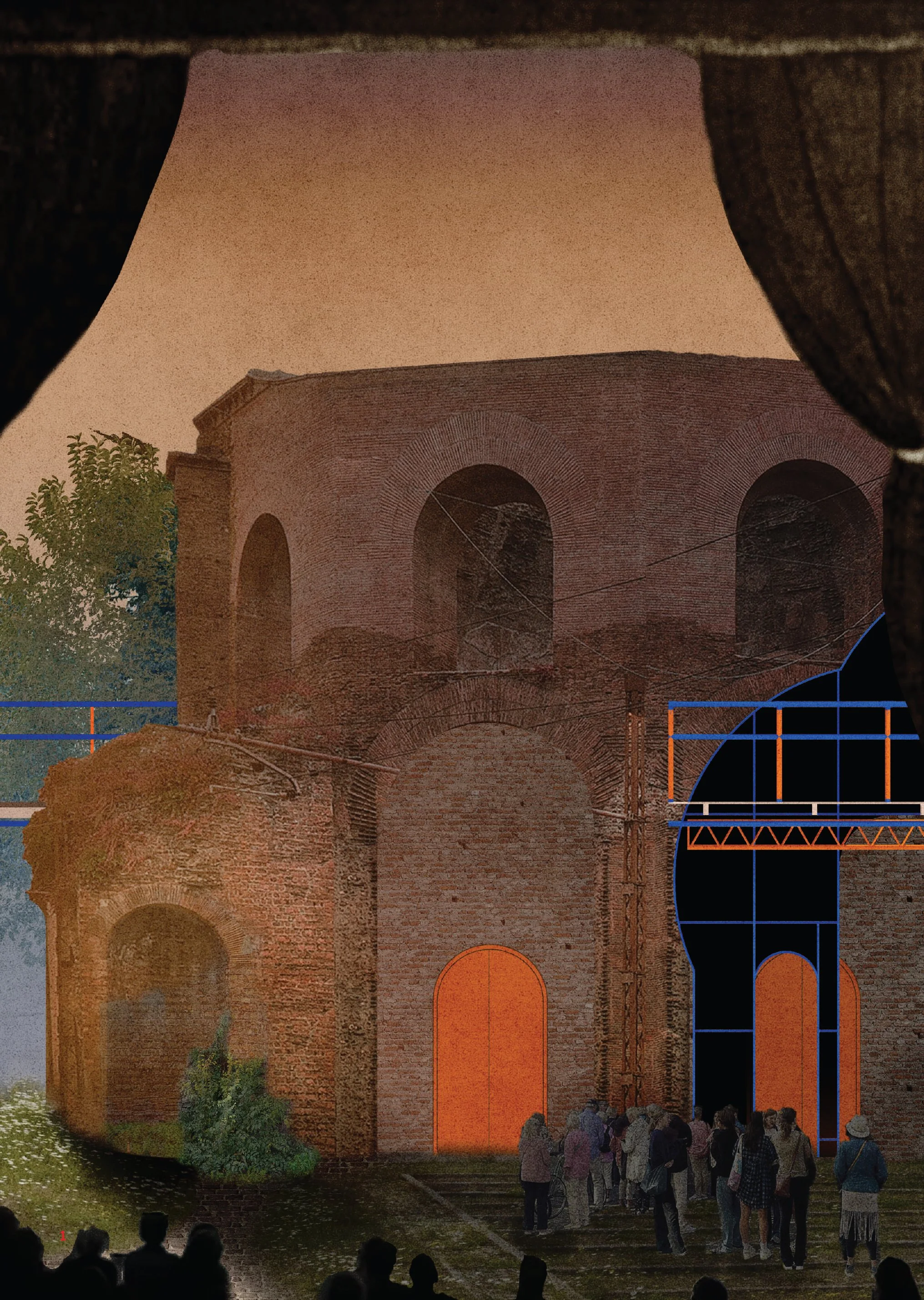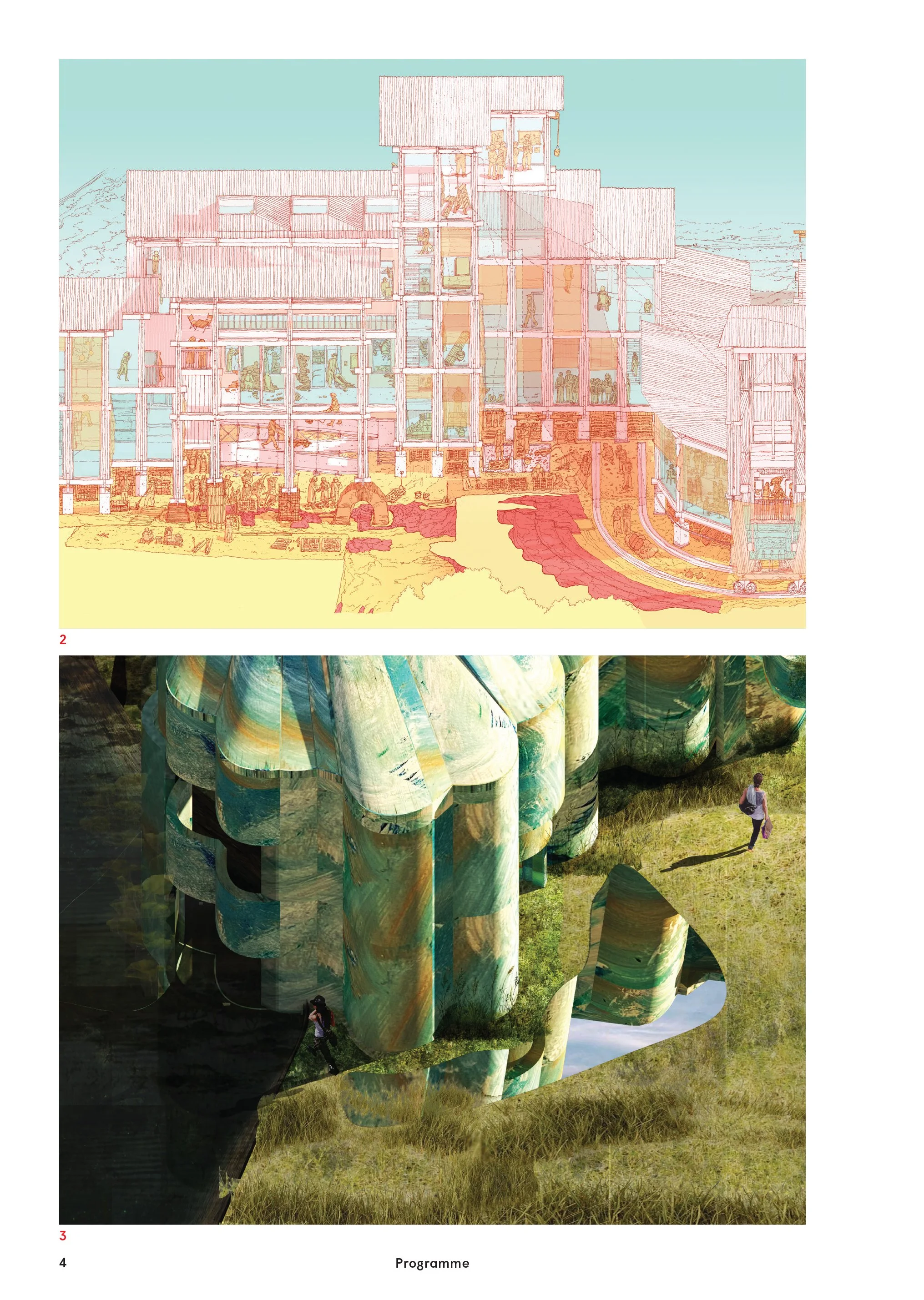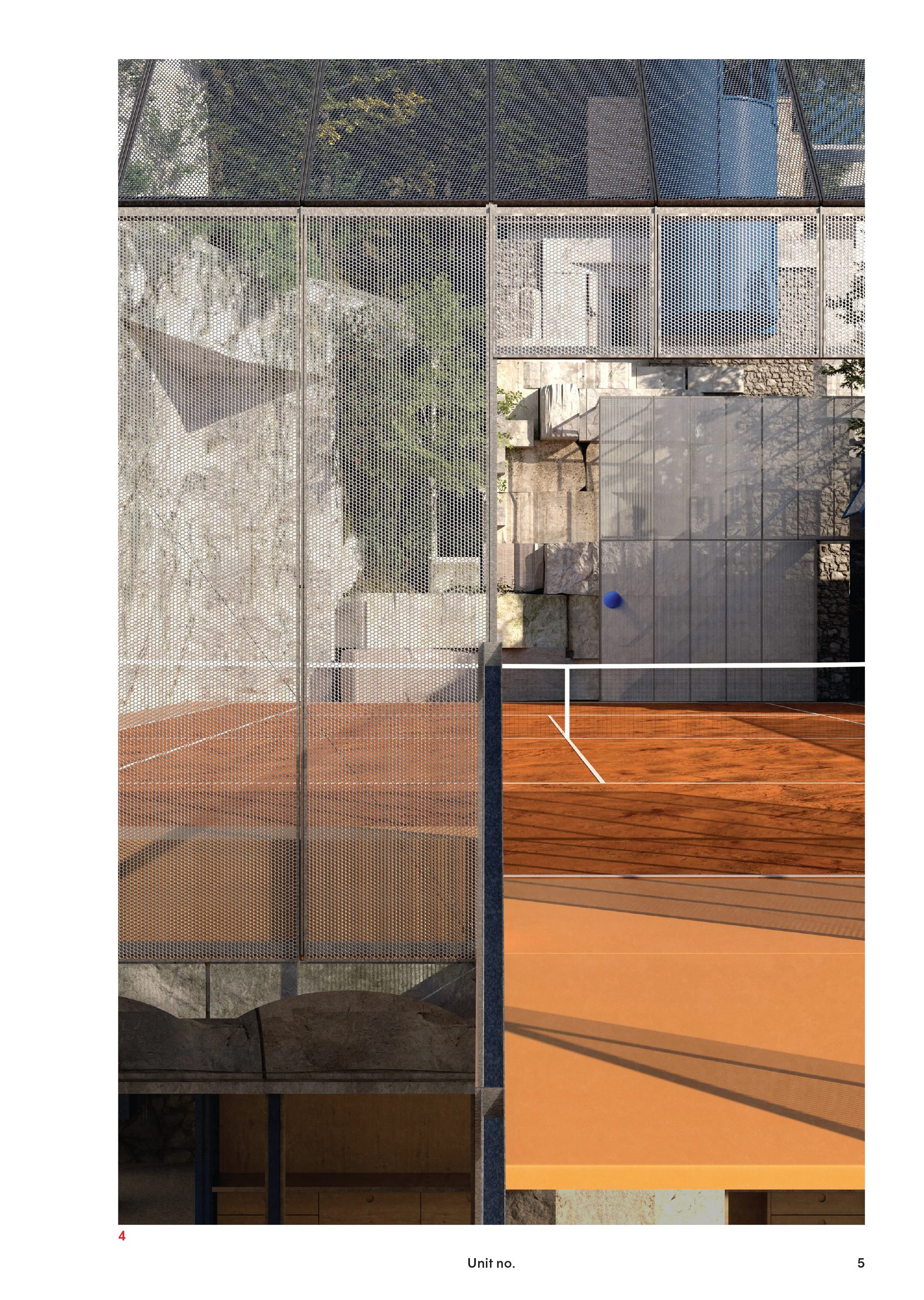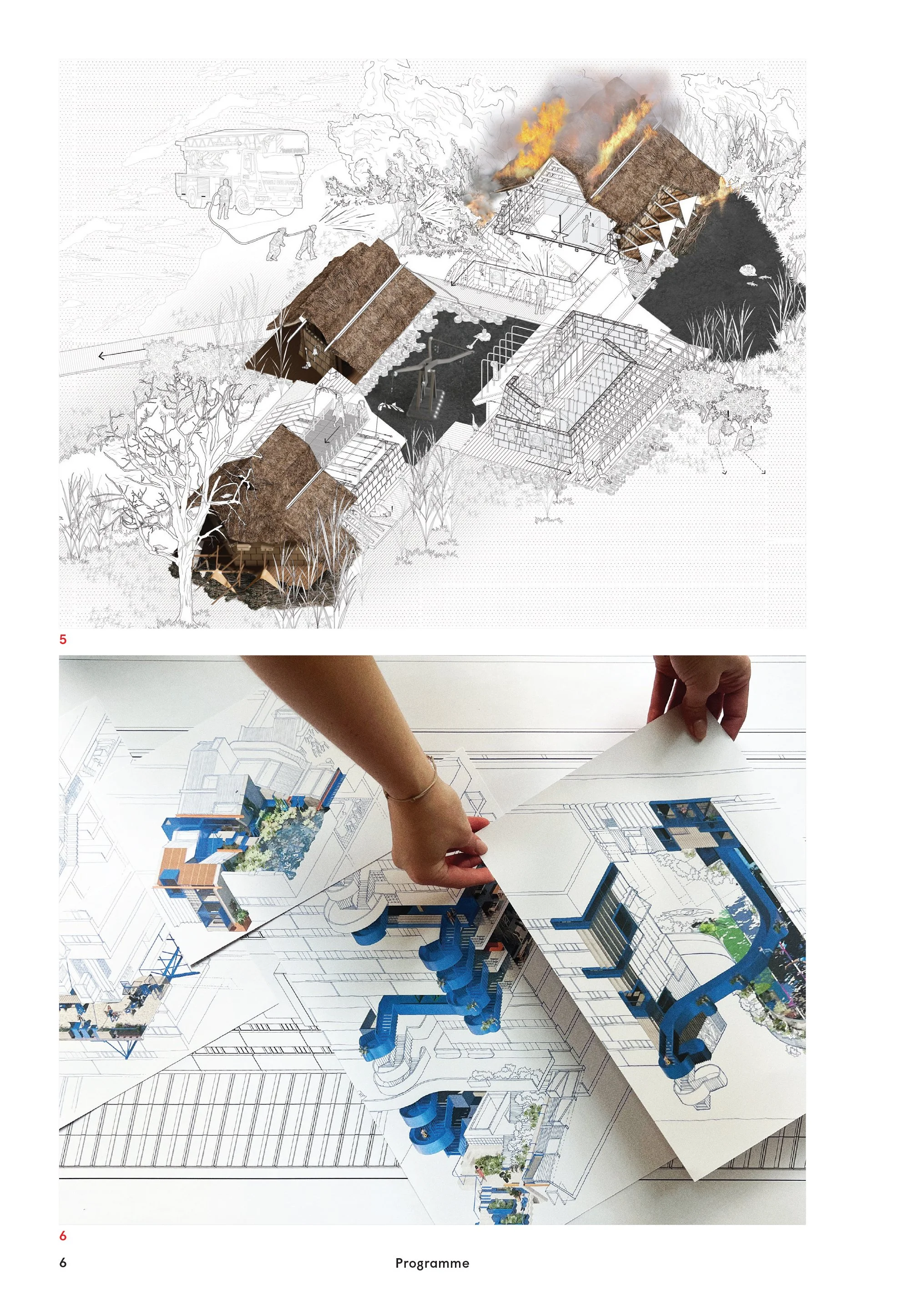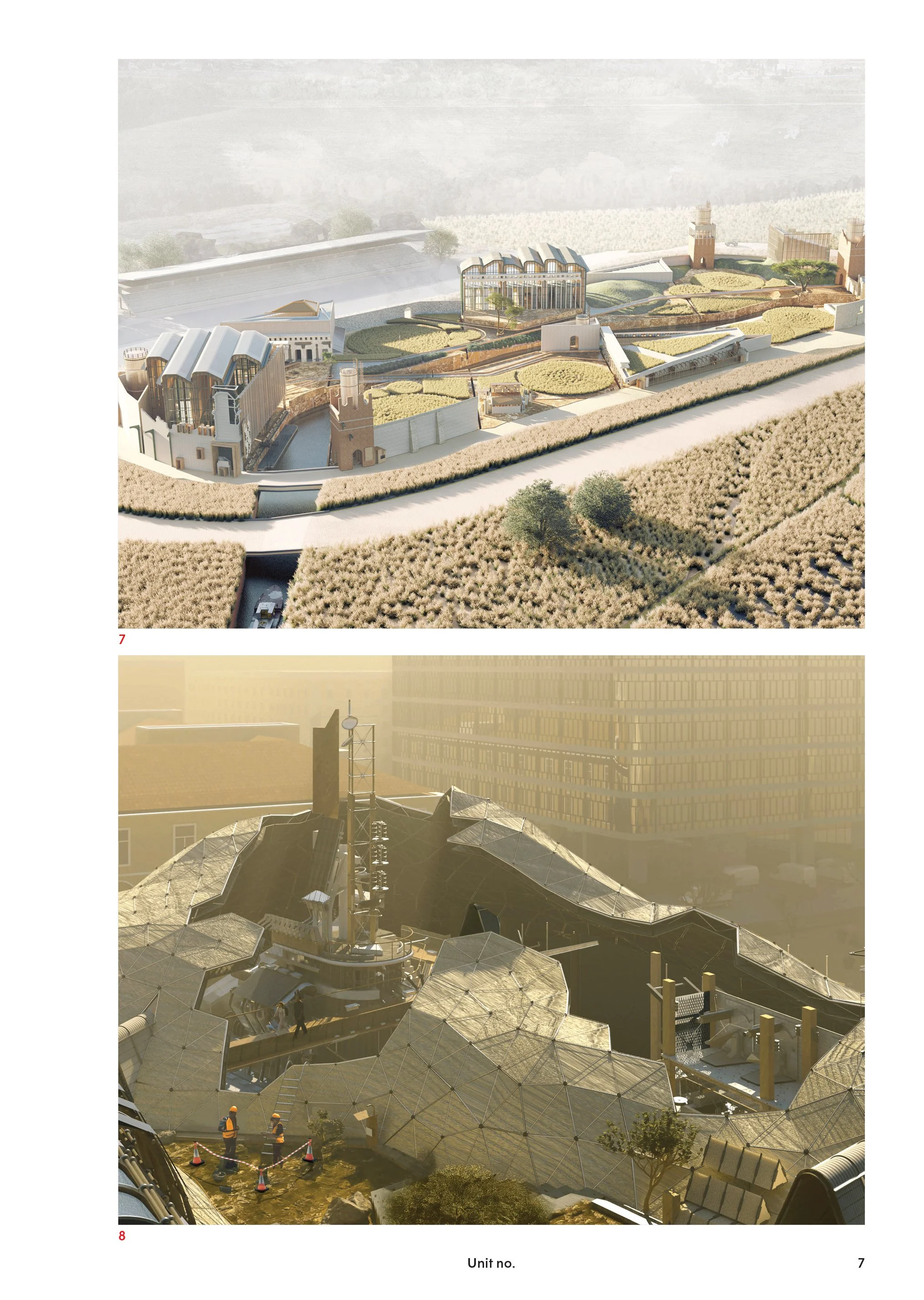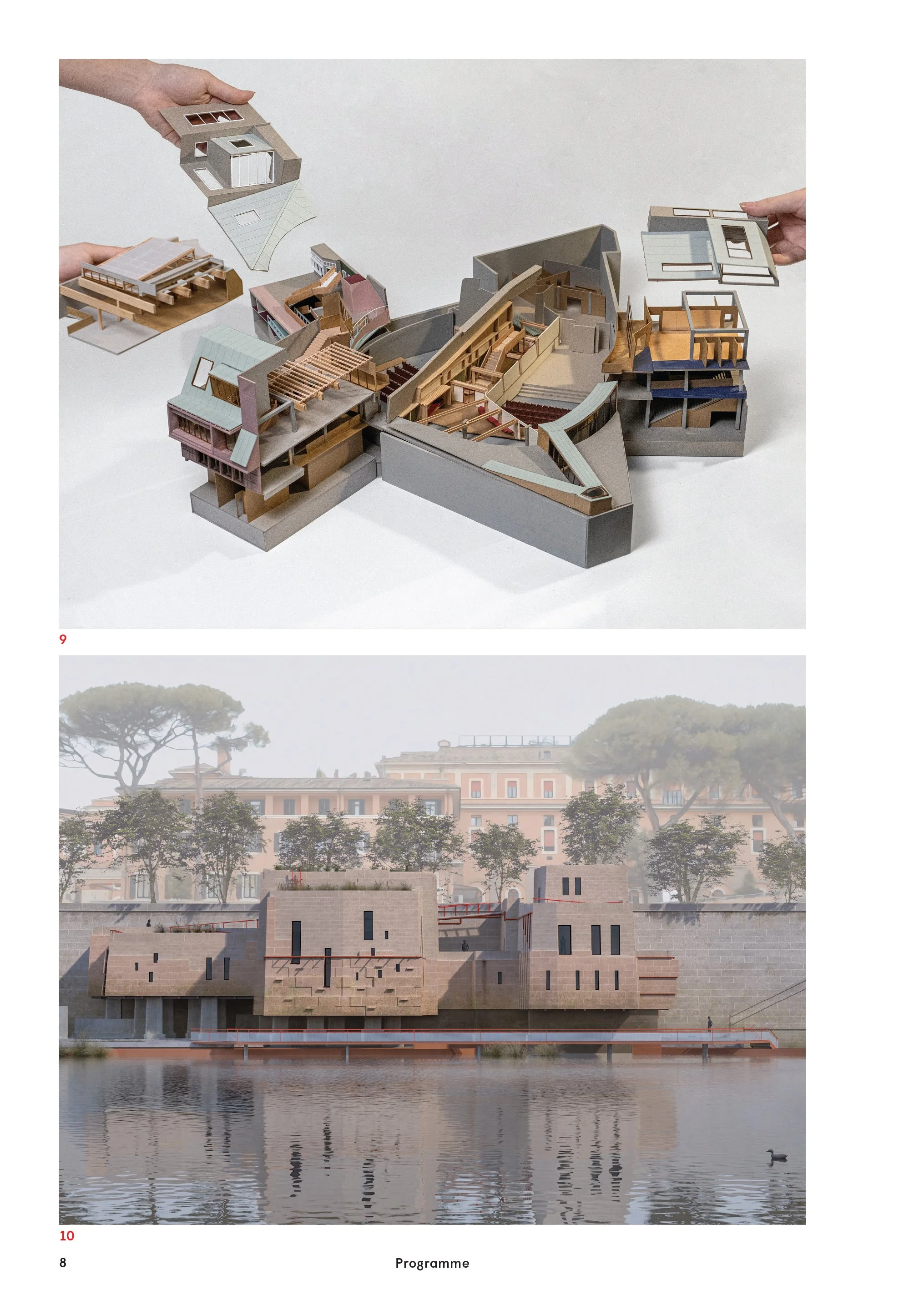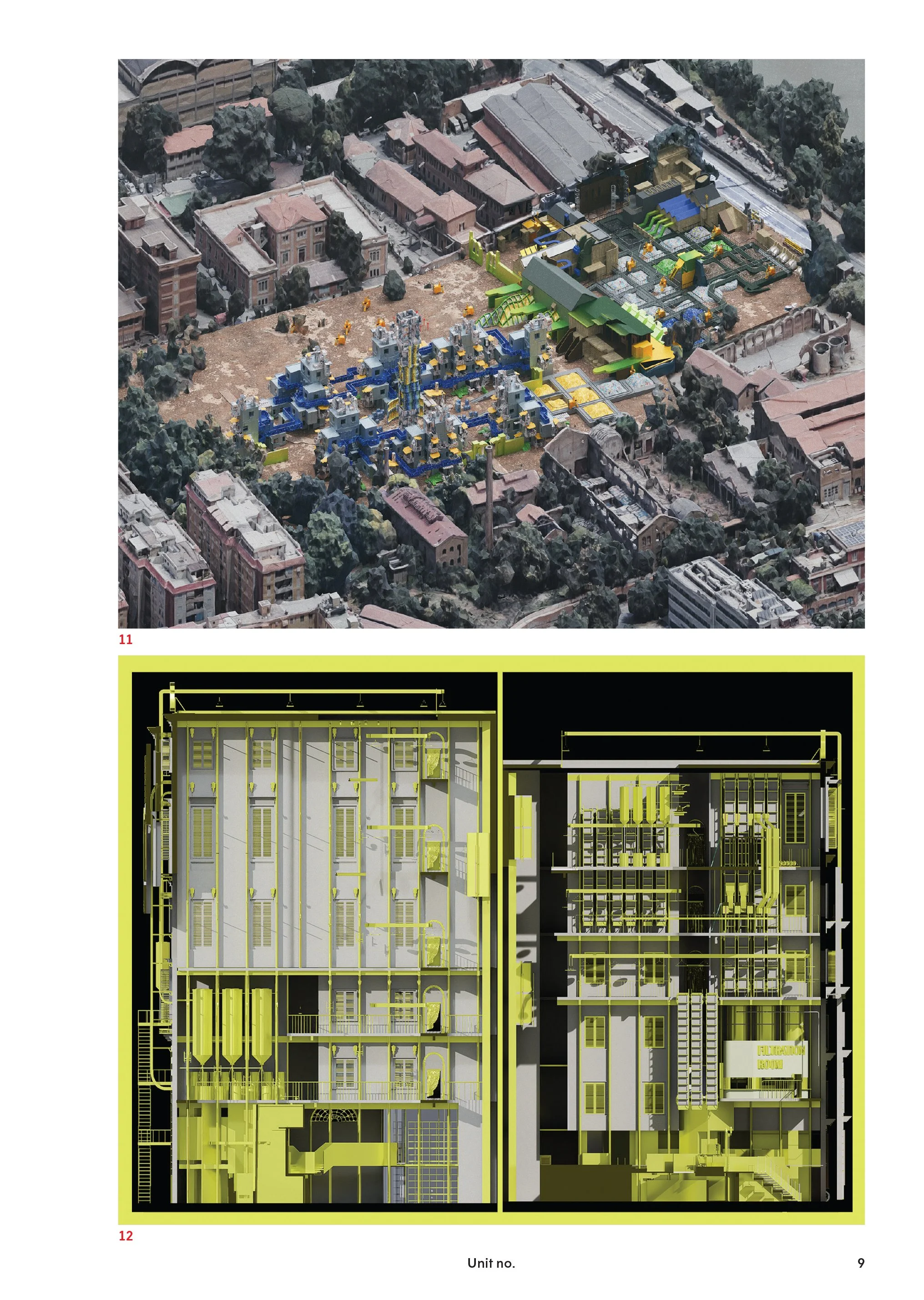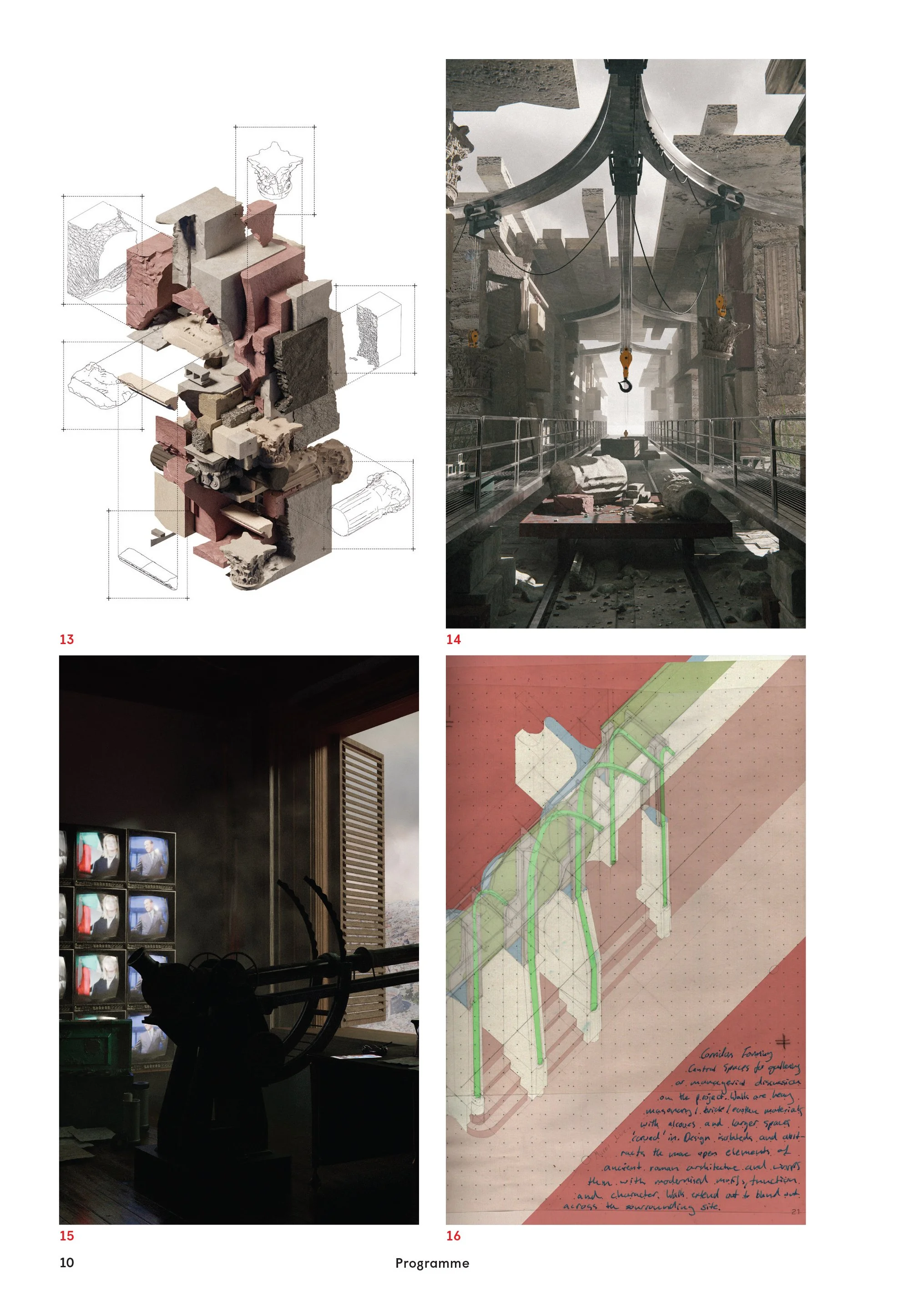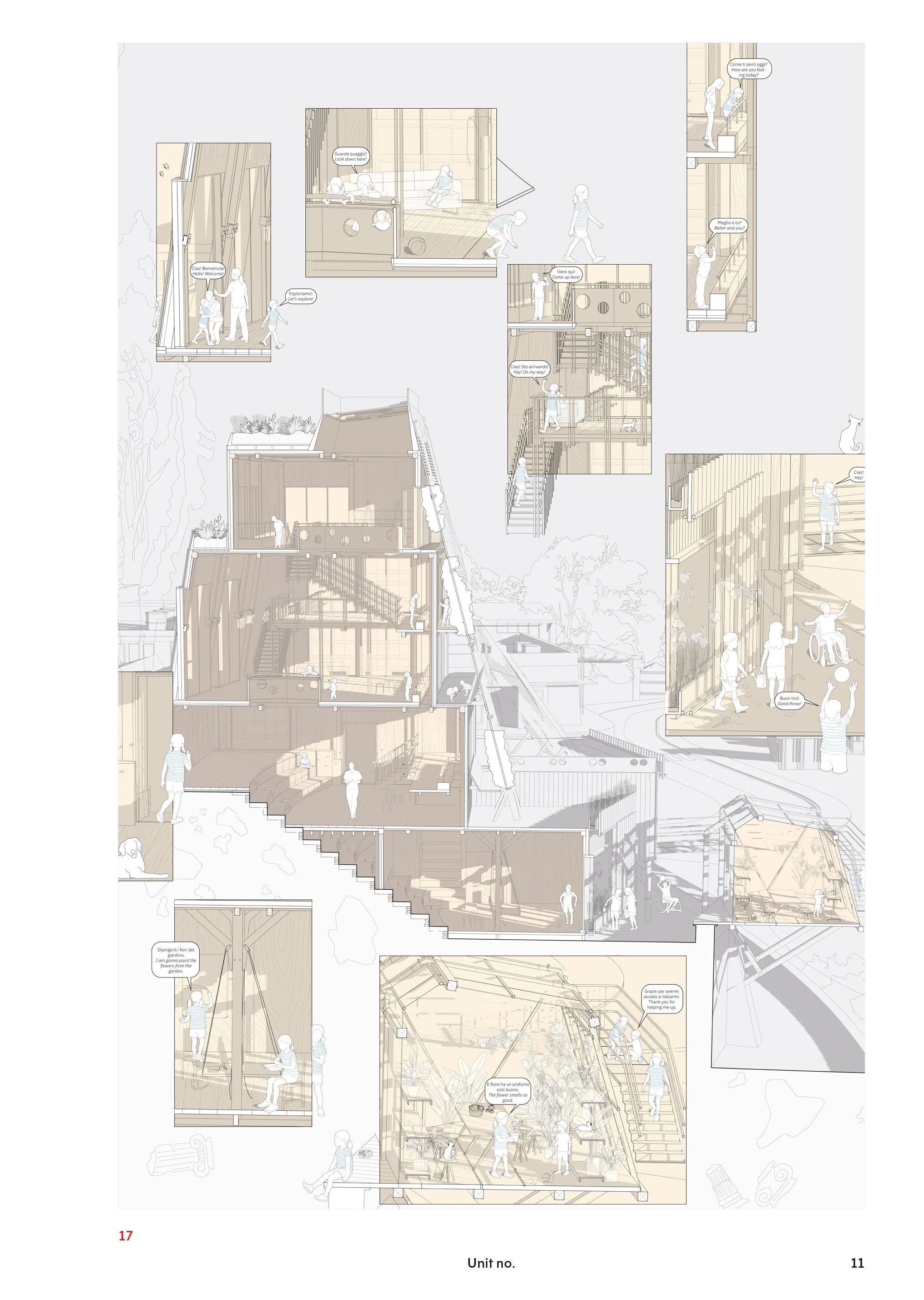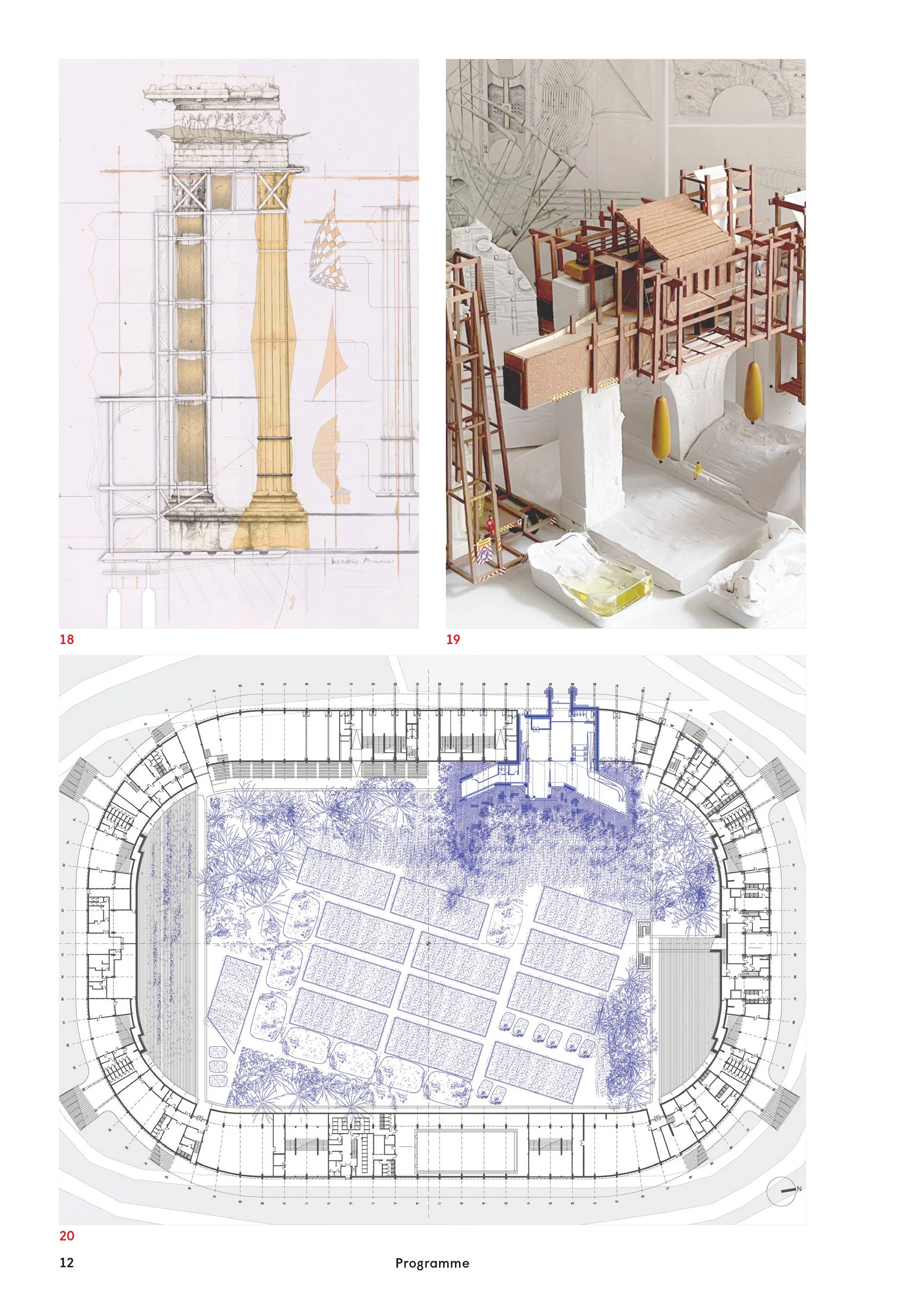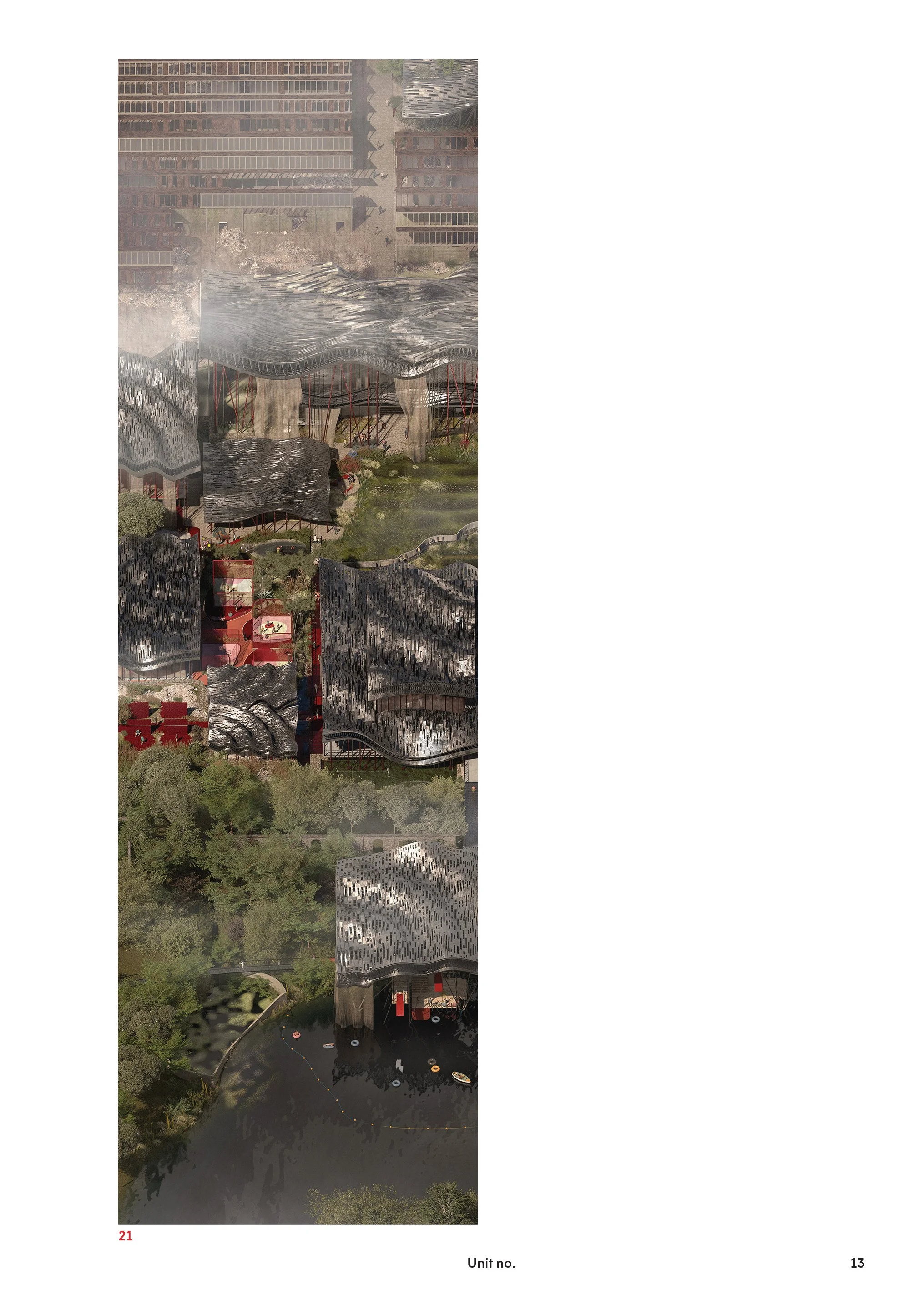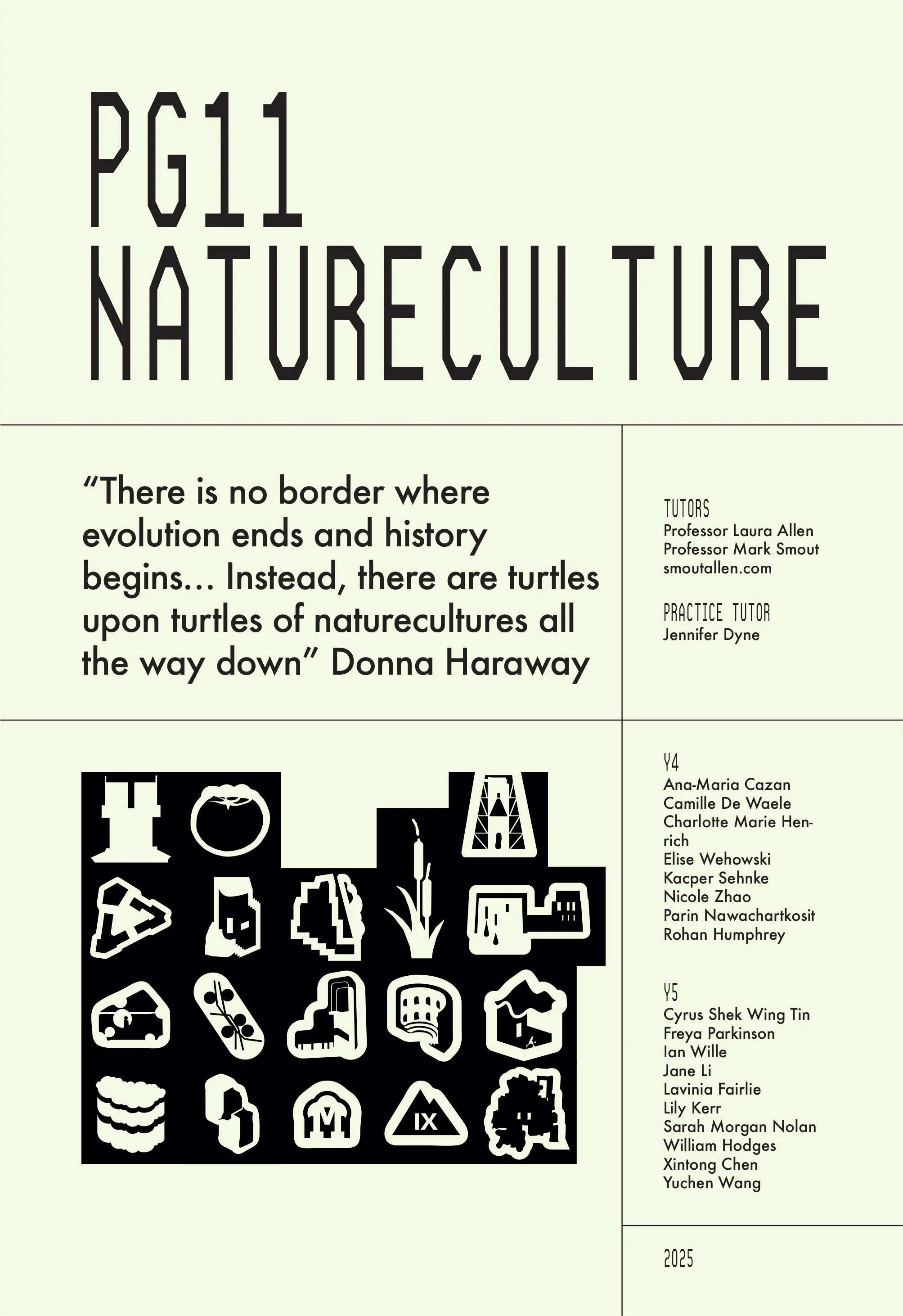Natureculture
“There is no border where evolution ends and history begins… Instead, there are turtles upon turtles of naturecultures all the way down” [1]
The concept of *natureculture*, introduced by evolutionary biologist and cyborg scholar Donna Haraway, provided this year’s theme and framework. *Natureculture* refers to the entangled histories and divides between nature and culture as well as the interdependent needs of human and nonhuman entities. Haraway’s notion challenges the familiar separations—nature versus culture, and human versus non-human (amongst others). These long-standing dichotomies have underpinned Western scientific, technical, political and architectural thinking, creating distinct and enduring systems of knowledge. Haraway’s reconfiguration reveals alternative and forgotten material entanglements suggesting that removing these boundaries requires a radical integration of disciplines such as art, design, architecture, and science. [2]
Our brief presented three observations on Rome that expose the complexity of human/environmental relationships and serve as a provocation and a physical, cultural and political context for our work.
The Authentication of Time: Rome’s layered landscape of ruins, monuments, and modern interventions defies Time. It is both elegant and decayed, sacred and irreverent. The city stores historic rubble—too meaningful to discard, yet too obsolete to reuse—revealing tensions between preservation and progress. How can architects engage with Rome’s material past without fetishizing or discarding it?
Unexpected Nature: Once a botanical pilgrimage site, the Colosseum hosted 420 plant species, seeded by ancient trade and spectacle. Rome’s landscape evolves through human and non-human forces. How can architecture reveal these hidden ecologies?
Peripheries and Thresholds: Rome’s ancient and modern infrastructures link urban and agricultural zones. The Agro Romano’s corridors blur city and countryside, shaping borgate romane where nature and urbanization collide. How can architecture navigate these shifting thresholds?
[1] Donna Haraway, *The Haraway Reader*, Routledge (2004)
[2] See *Natureculture* exhibition programme at Radius Centre for Contemporary Art and Ecology, Delft
4th Year Students: Ana-Maria Cazan, Camille De Waele, Charlotte Henrich, Rohan Humphrey, Parin Nawachartkosit, Kacper Sehnke, Elise Wehowski, Nicole Zhao
5th Year Students: Xintong Chen, William Hodges, Lavinia Farlie, Lily Kerr, Jane Li, Freya Parkinson, Cyrus Shek, Sarah Nolan, Yuchen Wang, Ian Wille
